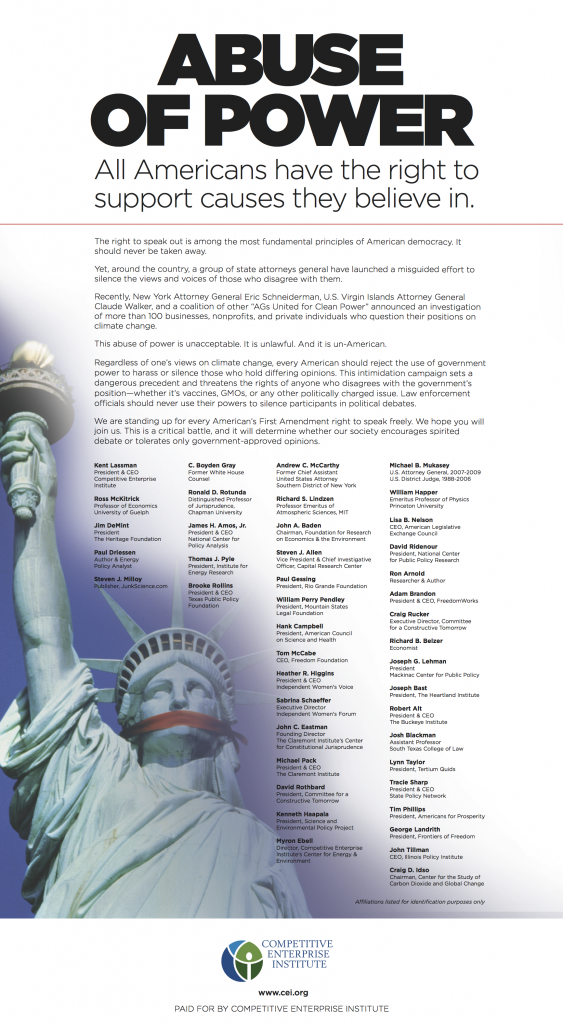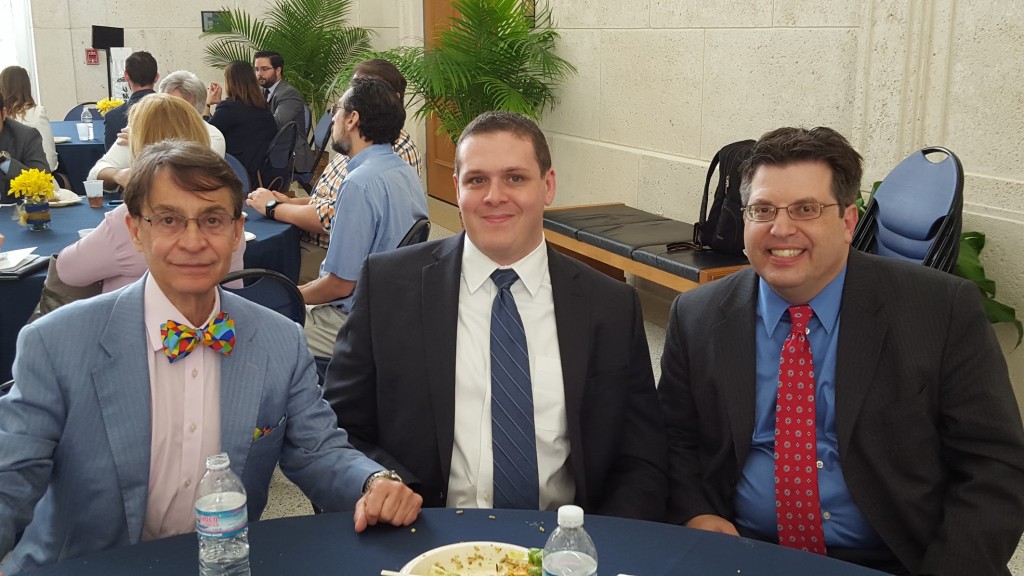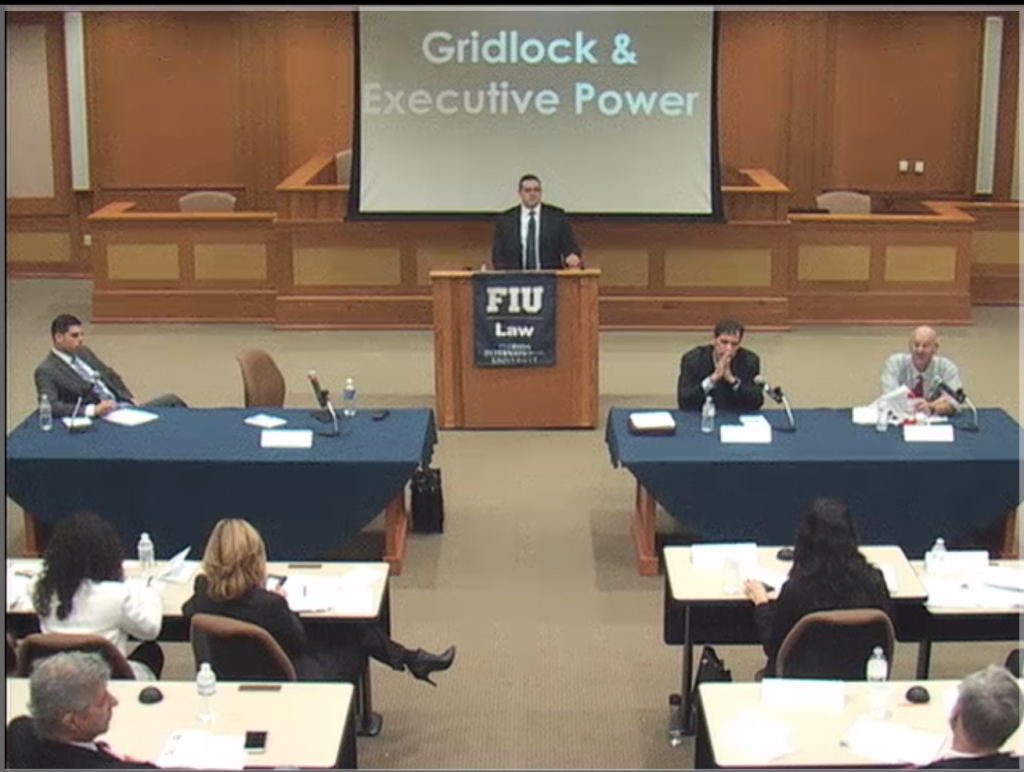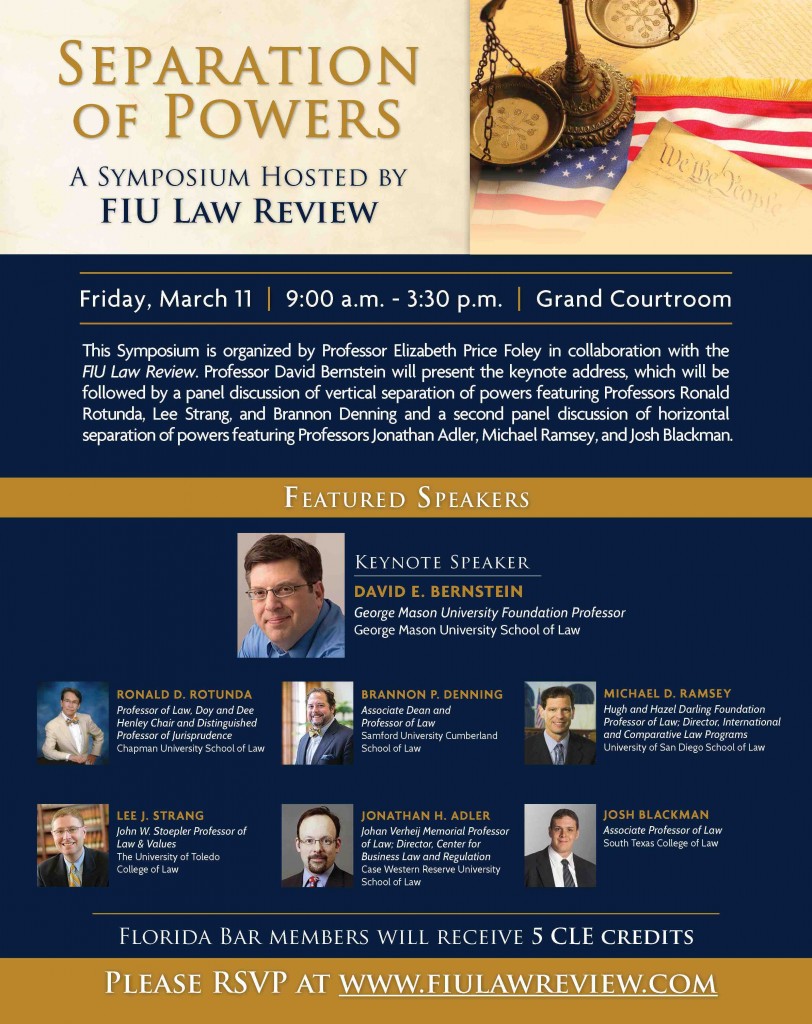L.B. Sullivan, Commissioner of the City of Birmingham brought a libel suit against The New York Times for running the advertisement. (Though Sullivan was not named, the reference in the advertisement to the “police” presumably included the Commissioner who supervised the police department). In one of the most important, and celebrated First Amendment decisions, the Court reversed the libel judgment. The Court concluded that to justify a libel action against a “public figure,” Sullivan had the burden to prove that the Times acted with “actual malice,” that is “with knowledge that it was false or with reckless disregard of whether it was false or not.”
Although this was ostensibly a pure free speech case, it must be understood in the broader context of the era. Sullivan brought this action not because he cared what a bunch of New Yorkers thought about Birmingham, but as a tool to chill and silence the Civil Rights Movement, and prevent them from soliciting funds to help tear down Jim Crow. Sullivan should be viewed alongside NAACP v. Alabama as cases that use the First Amendment to protect the sort of speech is unpopular, and that others want to silence.
I have no qualification to discuss climate change, but I am qualified, and passionate about the First Amendment. This witch hunt is clearly aimed at chilling and silencing speech they disagree with. These subpoenas are far more egregious than what L.B. Sullivan did to the New York Times half a century ago, and should be stopped.
ABUSE OF POWER
All Americans have the right to support causes they believe in.
The right to speak out is among the most fundamental principles of American democracy. It should never be taken away.
Yet, around the country, a group of state attorneys general have launched a misguided effort to silence the views and voices of those who disagree with them.
Recently, New York Attorney General Eric Schneiderman, U.S. Virgin Islands Attorney General Claude Walker, and a coalition of other “AGs United for Clean Power” announced an investigation of more than 100 businesses, nonprofits, and private individuals who question their positions on climate change.
This abuse of power is unacceptable. It is unlawful. And it is un-American.
Regardless of one’s views on climate change, every American should reject the use of government power to harass or silence those who hold differing opinions. This intimidation campaign sets a dangerous precedent and threatens the rights of anyone who disagrees with the government’s position—whether it’s vaccines, GMOs, or any other politically charged issue. Law enforcement officials should never use their powers to silence participants in political debates.
We are standing up for every American’s First Amendment right to speak freely. We hope you will join us. This is a critical battle, and it will determine whether our society encourages spirited debate or tolerates only government-approved opinions.
Kent Lassman
President & CEO, Competitive Enterprise Institute
C. Boyden Gray
Former White House Counsel
Andrew C. McCarthy
Former Chief Assistant United States Attorney, Southern District of New York
Michael B. Mukasey
U.S. Attorney General, 2007-2009; U.S. District Judge, 1988-2006
Ross McKitrick
Professor of Economics, University of Guelph
Ronald D. Rotunda
Distinguished Professor of Jurisprudence, Chapman University
Richard S. Lindzen
Professor Emeritus of Atmospheric Sciences, MIT
William Happer
Emeritus Professor of Physics, Princeton University
Jim DeMint
President, The Heritage Foundation
James H. Amos, Jr.
President & CEO, National Center for Policy Analysis
John A. Baden
Chairman, Foundation for Research on Economics & the Environment
Lisa B. Nelson
CEO, American Legislative Exchange Council
Paul Driessen
Author & Energy Policy Analyst
Thomas J. Pyle
President, Institute for Energy Research
Steven J. Allen
Vice President & Chief Investigative Officer, Capital Research Center
David Ridenour
President, National Center for Public Policy Research
Steven J. Milloy
Publisher, JunkScience.com
Brooke Rollins
President & CEO, Texas Public Policy Foundation
Paul Gessing
President, Rio Grande Foundation
Ron Arnold
Researcher & Author
William Perry Pendley
President, Mountain States Legal Foundation
Adam Brandon
President & CEO, FreedomWorks
Hank Campbell
President, American Council on Science and Health
Craig Rucker
Executive Director, Committee for a Constructive Tomorrow
Tom McCabe
CEO, Freedom Foundation
Richard B. Belzer
Economist
Heather R. Higgins
President & CEO, Independent Women’s Voice
Joseph G. Lehman
President, Mackinac Center for Public Policy
Sabrina Schaeffer
Executive Director, Independent Women’s Forum
Joseph Bast
President, The Heartland Institute
John C. Eastman
Founding Director, The Claremont Institute’s Center for Constitutional Jurisprudence
Robert Alt
President & CEO, The Buckeye Institute
Michael Pack
President & CEO, The Claremont Institute
Josh Blackman
Assistant Professor, South Texas College of Law
Lynn Taylor
President, Tertium Quids
David Rothbard
President, Committee for a Constructive Tomorrow
Tracie Sharp
President & CEO, State Policy Network
Kenneth Haapala
President, Science and Environmental Policy Project
Tim Phillips
President, Americans for Prosperity
Myron Ebell
Director of the Center for Energy & Environment, Competitive Enterprise Institute
George Landrith
President, Frontiers of Freedom
John Tillman
CEO, Illinois Policy Institute
Craig D. Idso
Chairman, Center for the Study of Carbon Dioxide and Global Change
Affiliations listed for identification purposes only.
I am shocked at how few advocates for free speech–especially those on the left– have spoken up about this travesty. It moved me to put my name on this letter, knowing full well the price of taking a stand on an controversial topic.




